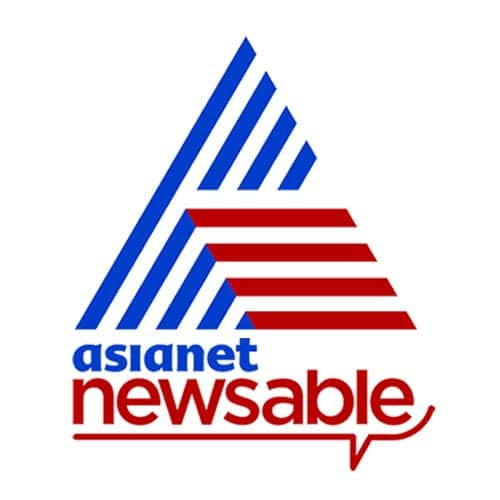synopsis
There are over 102 criminal cases against Gope in Jharkhand, Bihar and Odisha. These cases relate to extortion, murder, threat, abduction and raising funds for the People's Liberation Front of India. The PLFI, which was formed in 2007 in Jharkhand, is a splinter group of the Communist Party of India-Maoists.
In a massive success for the National Investigation Agency, the agency informed on Sunday that a dreaded Naxalite had been arrested from the national capital New Delhi. Dinesh Gope alias 'Kuldeep Yadav' alias 'Badku', the self-styled supremo of the proscribed People's Liberation Front of India (PLFI), was nabbed in New Delhi.
To note, there are over 102 criminal cases against Gope in Jharkhand, Bihar and Odisha. These cases relate to extortion, murder, threat, abduction and raising funds for the PLFI. The PLFI, which was formed in 2007 in Jharkhand, is a splinter group of the Communist Party of India-Maoists.
Gope had been absconding for almost two decades. Besides an NIA reward of Rs 5 lakh for leads on him, the Jharkhand government had issued a Rs 25 lakh bounty for his capture.
The NIA statement on Gope's arrest throws light on the Naxal outfit's operations. Here are some pointers from the statement:
* Gope used to extort money and execute attacks through his PLFI team members to terrorise businessmen, contractors and the public at large. The extorted money was being transferred from Jharkhand to other places through a network of hawala operators
* Gope and his associates were involved in depositing demonetised currency notes in a bank account and later collecting them through extortion. The illegal money was then invested through banking channels and dubious shell companies in the name of close associates and family members of Gope.
* PLFI used to lure unemployed youths by providing them motorbikes, mobile phones and easy money and after imparting training, used to equip them with lethal weapons to carry out terror incidents.
* PLFI's major source of income and the outfit has been targeting coal traders, railway contractors and various private entities involved in developmental projects in various districts of Jharkhand. The extorted money was used to procure sophisticated weapons, including AK 47s and foreign-made rifles such as HK 33.
)
 subscribe to Asianet News Whatsapp channel by clicking here.
subscribe to Asianet News Whatsapp channel by clicking here.